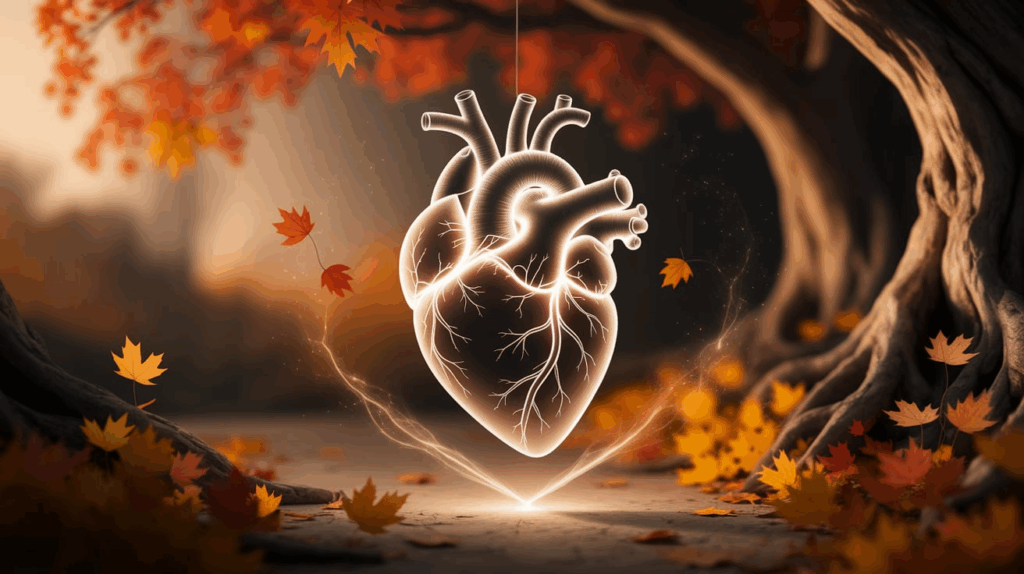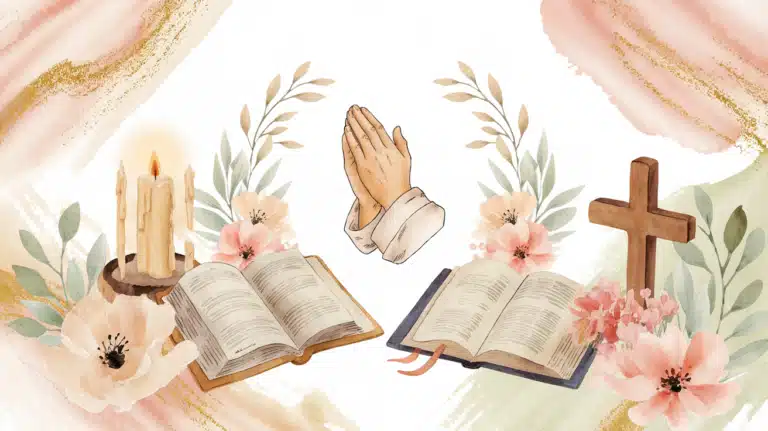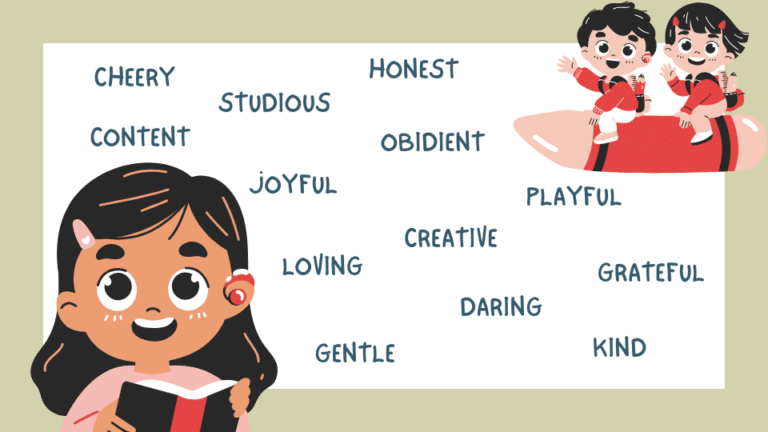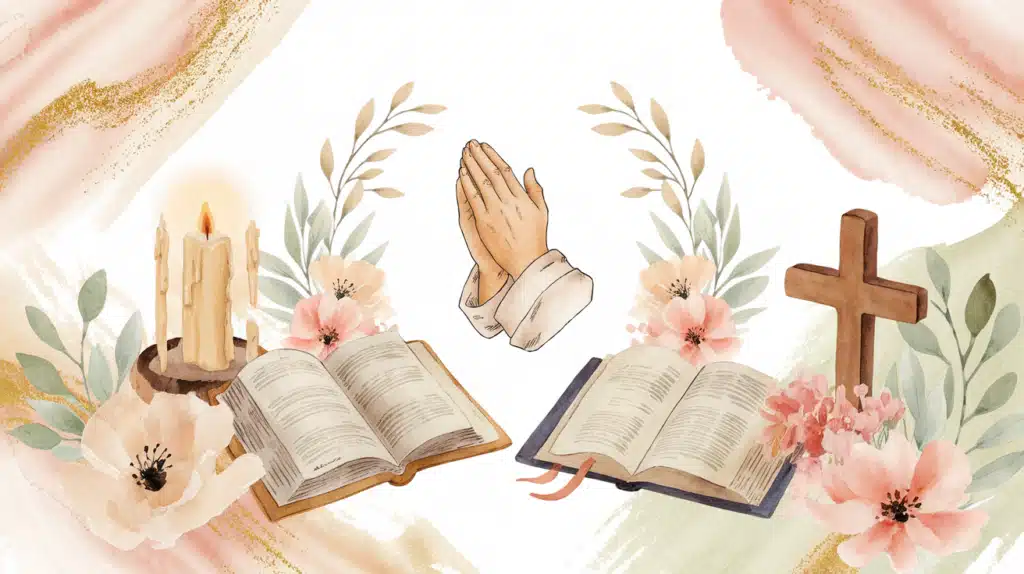Hearts beat. At least, that’s what we all think. But what if we told you some hearts don’t beat at all? It sounds impossible, doesn’t it? Yet these non-beating hearts exist all around us, hiding in plain sight.
You’ve probably held one of these hearts in your hand. Maybe you’ve even given one to someone special. They show up in our stories, our art, and our everyday lives.
These heartless hearts have been with us for centuries. They cross cultures and languages, speaking to something deep inside us all.
In this blog post, we will show you the surprising world of hearts that never need to beat. From playing cards to love letters, these symbols carry meaning without ever pumping a drop of blood.
The Answer: Artichoke and the Heart That Doesn’t Beat
The riddle “What has a heart that doesn’t beat?” is commonly answered with “an artichoke” or “a heart symbol.” Let’s focus on the heart symbol, which is the most meaningful and widely recognized answer.
The heart symbol, found everywhere from cards to emojis and artwork, represents love, care, and kindness. However, it’s not a real heart; it doesn’t beat or pump blood like the heart inside your body.
This symbol has a long history, first appearing as a representation of love in France in the 1200s, and it gained popularity in art, jewelry, and even playing cards by the 1400s.
Some believe the shape comes from certain leaves or the seed of the silphium plant, used in ancient times. Over the centuries, the heart symbol evolved to express affection and emotion without words.
An alternative answer to the riddle is the heart in a deck of playing cards. A deck contains four suits—hearts, diamonds, clubs, and spades. The heart suit is represented as a red heart shape, but, like the symbol, it doesn’t have a pulse or heartbeat. Instead, it’s simply a design used in card games, often symbolizing love or good luck.
Thus, the heart in a deck of cards, like the heart symbol, is a perfect example of a “heart that doesn’t beat.”
Riddles That Tickle the Brain: Similar Mind-Bending Puzzles
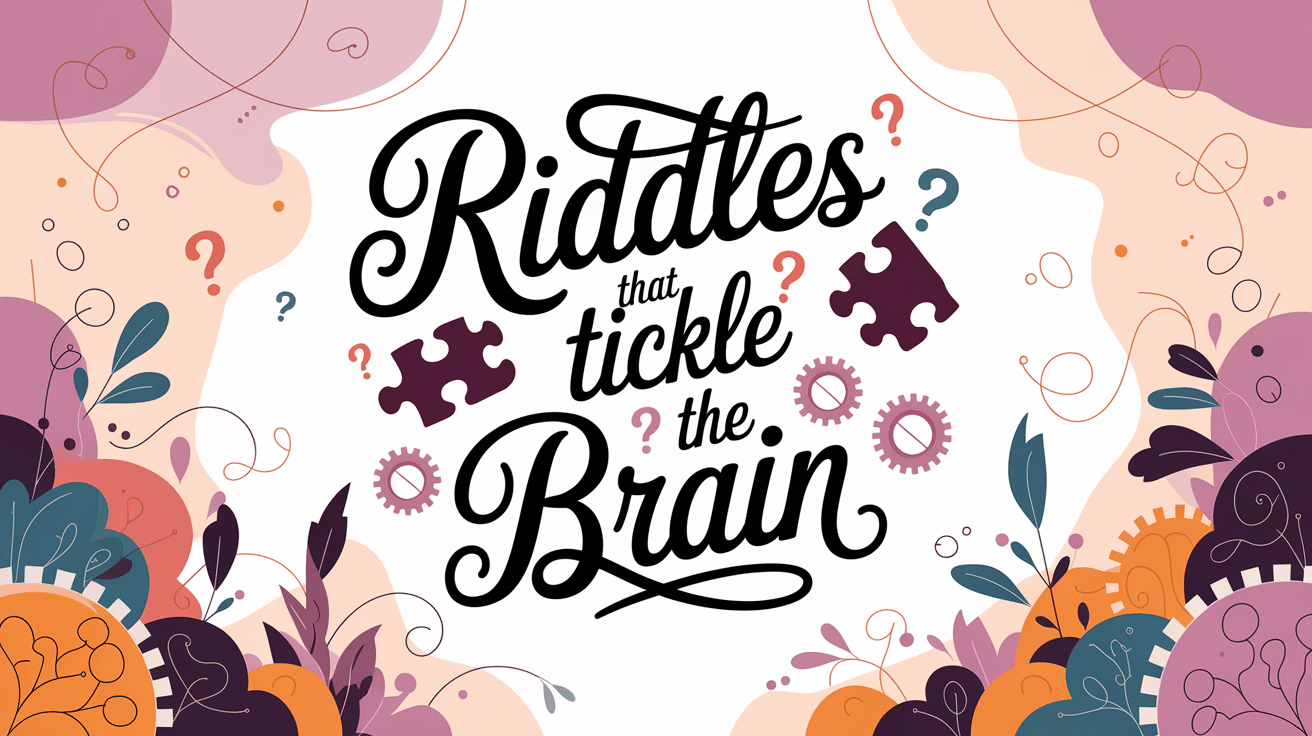
-
What has keys but can’t open locks?
-
What comes once in a minute, twice in a moment, but never in a thousand years?
-
What has a head, a tail, but no body?
-
What can travel around the world while staying in the corner?
-
What has a neck but no head?
-
What can be cracked, made, told, and played?
-
What has one eye but can’t see?
-
The more of this there is, the less you see. What is it?
-
What can you hold in your left hand but not in your right?
-
What runs but never walks, has a bed but never sleeps?
-
What has many teeth but can’t bite?
-
What has a ring but no finger?
-
What is always in front of you but can’t be seen?
-
What is so fragile that saying its name breaks it?
-
What can be heard but never seen, and only gets louder the more it is ignored?
-
What gets wetter the more it dries?
-
What can be broken but never held?
-
What begins with T, ends with T, and has T in it?
-
What has cities, but no houses; forests, but no trees; and rivers, but no water?
-
What comes down but never goes up?
-
What is light as a feather, yet the strongest man can’t hold it for much longer?
-
What has an eye but cannot see, and is not alive?
-
What has a heart but doesn’t beat?
-
What has a bottom at the top?
-
What is full of holes but still holds a lot of weight?
-
What runs without legs?
-
What gets bigger the more you take away from it?
-
What has a thumb and four fingers but isn’t alive?
-
What has a tongue that cannot taste, eyes that cannot see, and a soul that cannot die?
-
What is black when it’s clean, and white when it’s dirty?
-
What is so light that it floats, but so heavy that it sinks?
-
What word is spelled incorrectly in every dictionary?
-
What can you catch but never throw?
The Symbolism of the Heart Across Cultures and Contexts

The heart symbol doesn’t look like a real heart. Yet we see it everywhere! It stands for love, caring, and life in many places around the world.
This shape has been important for thousands of years. The ancient Egyptians thought the heart was where all thinking and feeling happened. To them, it was the most vital part of a person.
In old Europe, knights carried heart tokens from people they loved. Artists used hearts to show both love for God and love for other people.
In China, the heart holds the mind and spirit. In Japan, their word for heart (kokoro) means both feelings and thoughts.
Today, we put hearts on everything. We use them in text messages, on cards, and in jewelry. This simple shape helps us say “I care” without words.
Hearts work in all languages. They help us share feelings that all humans have, no matter where we live.
Why has this symbol lasted so long? Maybe because it helps us connect our body to our feelings in a way everyone can understand.
The Bottom Line
The heartless hearts we’ve found show us something important about human thinking. We give meaning to shapes and objects that connect to our feelings.
From artichoke hearts to hearts in a deck of cards, these non-beating hearts help us make sense of our world. They let us organize ideas, express emotions, and find patterns in surprising places.
Next time you cut into an artichoke heart, hold the heart of palm in your hand, or play the heart suit in cards, think about this special connection. These silent hearts speak volumes about how we see and understand our world.
What other examples of non-beating hearts can you think of? Have you noticed how often these symbols appear in your daily life? Share your thoughts in the comments below!


